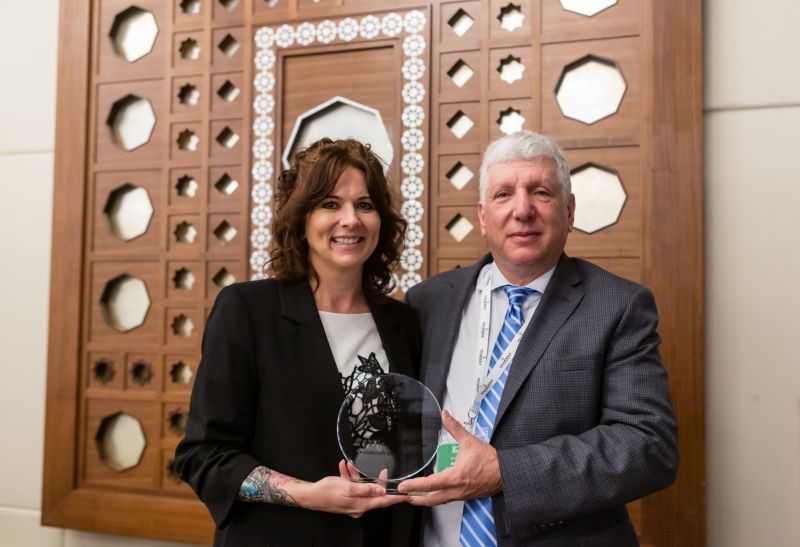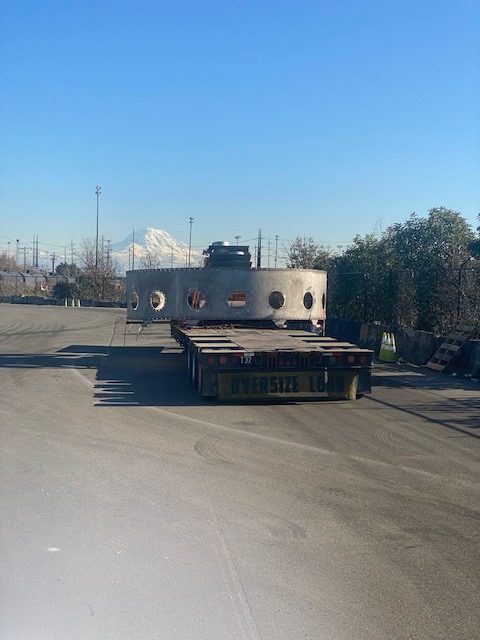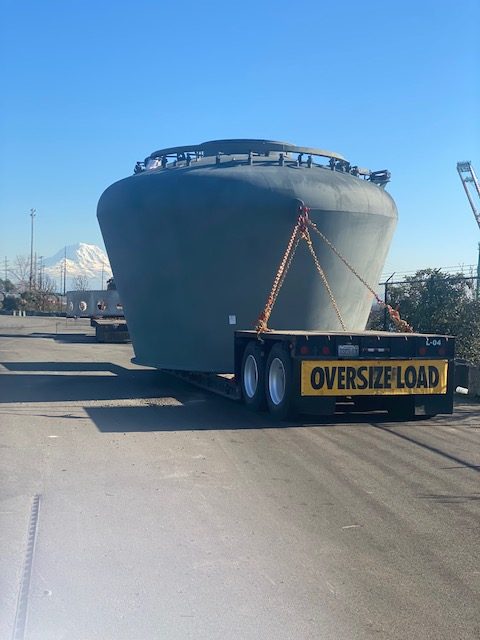GLOBAL LOGISTICS ISSUES
It’s Thanksgiving time in the United States. The 4th Thursday of November is a day for family and football. It’s a day we should relax and not think about the continued transportation crisis in the United States and abroad. It’s been nearly 4 months since my last update. Has much changed since the 4th of July?
I liken it to the movie Groundhog Day. We wake up every day and the situation hasn’t changed much at all. Port Congestion, Truck driver shortages, vessel space problems and high import ocean freight rates are still with us.
The mainstream media has finally caught to what is happening in our world. We’ve been dealing with it for over a year. Now shows like 60 Minutes and newspapers like the New York Times and Washington Post are full of articles about the supply chain bottlenecks and increases in shipping cost that is helping to fuel inflation in the United States. As if we didn’t know already.
We still have lengthy delays on shipments coming into the United States from Asia and Europe. The Ports of Los Angeles and Long Beach are still seeing length berthing delays and cargo pile up at the port. The introduction of an “Excess Container Dwell Fee” effective November 29th is essentially super demurrage that the ocean carriers will pass on to importers. Hopefully they will never charge this fee as will just get passed on to the importer by the ocean carriers. On the East Coast the Port of Savannah is experiencing their version of congestion with up to 20-25 container ships anchoring off shore waiting to berth at Garden City Terminal.
Ocean carriers are making record profits and providing lackluster customer service and vessels that are rarely on time. Quarterly earnings are in the billions of dollars for many of the ocean carriers. Instead of giving us quality customer service many of them are impossible to reach on the phone or you have to wait nearly an hour to talk to a live person. It just makes our job harder.
I do want to give a shout out to Independent Container Line (ICL) who value schedule integrity more than any other carrier in the market. They are rarely late into and out of their 2 USA ports of call (Chester, PA and Wilmington, NC). Customer service from ACL (Atlantic Container Line) is consistently one of the best.
Trucking capacity is a major pain point for the entire country. There are very few ports/inland rail ramps that are immune to the driver shortage for those truckers that pick up and delivery containers. It’s a real crisis in nearly the whole country. We try to utilize secondary inland locations like Worcester, MA for Northern New England destinations and Council Bluffs Iowa (Omaha) for origins/destination is that part of the country. We try to avoid Chicago and New York if we can due to the capacity crunch in those markets.
The chassis shortage all over the United States are ports and inland rail terminals is not going away anytime soon as production delays in the United States have stalled delivery on new chassis to the second half of 2022. In most countries around the world chassis are owned by the trucking company. In the United States very few trucking companies have made the investment for a variety of reasons (space in their yard, cost, maintenance requirements).
Import air freight rates to the United States are still at a high level due to the lack of passenger flights worldwide. European and American airlines should be adding passenger flights since the U.S. opened up to vaccinated travelers. There still isn’t enough belly space in passenger planes to meet the demand.
Air rates from China/Asia have climbed to record levels due to high demand for air freight. Since ocean rates are so high many importers are using air freight. Rates over $12.00/kg are not unusual from Shanghai to some destinations in the United States. All told it’s a daily challenge to meet the requirements of our customer and our overseas partners. We are fighting hard to deliver the service that you all need.
Hopefully the day will come in 2022 when we will wake up and it won’t be Groundhog Day. Ocean rates will drop to a more reasonable level from all origins around the world. We will see more chassis available all over the country. We will have more drivers available to move our shipments from Point A to Point B. Ocean carriers will provide a higher level of customer service.
EUROPE TO THE UNITED STATES
Full container shipments from North Europe and the Mediterranean region are still severely overbooked to the United States. Germany in particular is in a difficult place right now as there are container shortages, trucking capacity problems and overwhelmed terminals in Hamburg and Bremerhaven. Hapag Lloyd is the carrier that seems to taking bookings and then short shipping containers due to space issues.
We still recommend that any importer tell their suppliers to make their bookings at least 30 days in advance to secure space. Last minute space is really impossible right now. Be prepared for continued higher shipping costs and space issues from Europe in 2022.
We are utilizing RO/RO carriers to move cargo that may be possible to containerize on mafi trailers from Northern Europe. Due to the computer chip shortage the RO/RO carriers have more space for static cargo since cars are not being shipped in normal volumes.
ASIA to the UNITED STATES
Imports from all over Asia into United States are still going strong. Space and available equipment are very difficult right now from all countries in Asia. Rates had been over $20,000.00 per 40’ standard/HC container from some origins in Asia to the east coast of the United States. The rates have softened some but they are expected to climb as we get closer to Chinese New Year February 1-8,2021 Ports like Xingang and Dalian in Northern China that rely on feeder vessels to marry up with mother vessels from ports like Busan or Shanghai are severely backlogged with space very hard to obtain. If there is a Covid outbreak in any port in China it can stop that port from operating at capacity for up to 2 weeks and cause major vessel delays.
Space to the Port of Baltimore is very difficult these days. Even though Maersk Line started a new service this fall from Vietnam and Ningbo/Shanghai direct to Baltimore the vessel size is small (around 4000 TEU’s) space is still hard to find. Maersk and Mediterranean Shipping have a direct call to Baltimore as does Evergreen Line (with partners Zim, OOCL, Cosco and CMA CGM) however they limit space to those carriers.
This has caused us to utilize New York or Norfolk when we can’t get space to Baltimore. Our friends at the Maryland Port Administration have been made aware of this issue and they are talking to the ocean carriers to see what they can do to add additional allocation to Baltimore.
The carriers are still charging cancellation fees of up to $1,000.00 if a confirmed booking is not used or a container misses a cut off at the port. Be certain you have a supplier that is ready to load if a booking is made. Space should be booked 3-4 weeks or more in advance to get the process going.
Ocean carriers are still trying to get the empty containers back to Asia at the expense of loaded exports from the United States. Import rates from Asia are 6x higher than export rates to Asia. We don’t see this trend changing in the near future. Space from India to the United States is also at premium as well with rates that continue to climb.
Med Shipping did add a new service from India that will call the Port of Baltimore directly. Even with that there is high demand and not enough space from the Indian Sub Continent to the east coast of the United States.
EXPORTS FROM THE UNITED STATES TO ASIA AND EUROPE
Container availability at inland depots is still a problem. Vessel schedule delays are causing cut offs to change at inland depots and ports and this can add costs for shippers that have already loaded their containers but they can’t be returned to the rail terminal or port due to a change in the earliest return date. Space to Europe and Asia for full containers is difficult. Bookings should be made at least 3 weeks in advance.
Exports to Europe are difficult now. Hapag Lloyd is really causing problems as they are leaving cargo behind on a regular basis and splitting bookings. Vessel schedules are in flux due to weather and port congestion. Some carriers have stopped calling the Port of Savannah on some trade lanes due to delays there. Space is still tight to Middle East ports in Saudi Arabia and the Persian Gulf.
PORT CONGESTION ISSUES IN THE UNITED STATES
The port congestion problem on both coasts are still happening. This is what a lot of people are hearing about on television and on line. Vessels are still waiting to berth for up to 2 weeks in Long Beach/Los Angeles and Oakland. There are over 90 vessels waiting to dock in Long Beach/L.A. It’s even impacting the Northwest ports of Seattle and Tacoma.
Terminal congestion is a major problem as it’s taking several hours for truckers to pick up or return containers to the port. This is adding a cost to both imports and exporters when truckers have to wait for long periods to pick up or return containers. Most main seaports on the east coast are experiencing terminal congestion though it is easing somewhat in ports like Norfolk.
Savannah has the most congestion problems on the east coast with vessel berthing delays. This has caused some ocean carriers to omit Savannah and utilize Charleston.
The Port of Baltimore is actually in very good shape right now. We just the steamship lines to bring their vessels here.
The Port of Philadelphia has seen a large uptick in cargo volume and that has caused a strain on truck capacity. The Port of Boston lost its direct call from Asia when the shipping lines stopped the service due to the delays in Savannah.
The Port of Norfolk had some major delays with rail moves about 4-6 weeks ago but now containers are moving relatively quickly once discharged from the vessel. Norfolk is a main gateway to Chicago, Louisville, Cincinnati, Columbus and Cleveland.
The Port of Miami and Port Everglades are still seeing major problems with congestion and truckers not being able to get in and out of the port due to lack of available appointments. It’s been bad there for months.
The Port of Houston is still having congestion and also chassis problems which impacting the pick up of containers at the port. The port is eagerly trying to woo more carriers from Asia to call on Houston and bypass the west coast.
CANADIAN PORTS
The Port of Vancouver is recovering from a massive rainstorm that caused mudslides on the main rail and truck routes going from and to the port. The roads and rail routes have just opened up and there is a major backlog of containers at the port and vessels waiting to discharge. Expect delays in and out of Vancouver for several weeks.
INLAND RAIL RAMP LOCATIONS IN THE UNITED STATES
Chicago, Detroit, Minneapolis, Kansas City, Memphis and Columbus, OH are inland terminals that have so much volume that truckers can’t keep up. The chassis shortage has caused containers to pile up at the rail yards and a lot importers are facing heavy rail and steamship demurrage costs. Chicago is still a major choke point in the country. We are looking to utilize alternate rail ramps when possible to avoid these difficult locations.
TRUCKING ISSUES IN THE UNITED STATES
Container drayage problems are still problematic at most ports and rail terminals. Truckers don’t have enough drivers to handle the continued surge in imports. We are seeing some truckers booked out for 4-5 weeks in many locations. Chicago still has a chronic truck capacity problem. Kansas City, Detroit, Louisville, Memphis and Columbus are difficult. New York is also a port experiencing a huge surge in import volume and the truckers and warehouse can’t handle the volume.
On the west coast it’s very bad in Los Angeles/Long Beach for local moves. A lot of large importers have set up transloading centers to move their cargo inland on domestic trucks instead of waiting for the containers to arrive in inland rail locations like Chicago & Memphis.
The chassis shortage situation is also compounding the problem everywhere. Truckers that are using chassis on a daily basis are keeping them and paying the daily costs to keep their trucks moving.
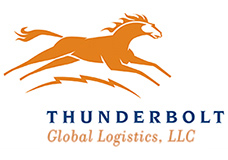

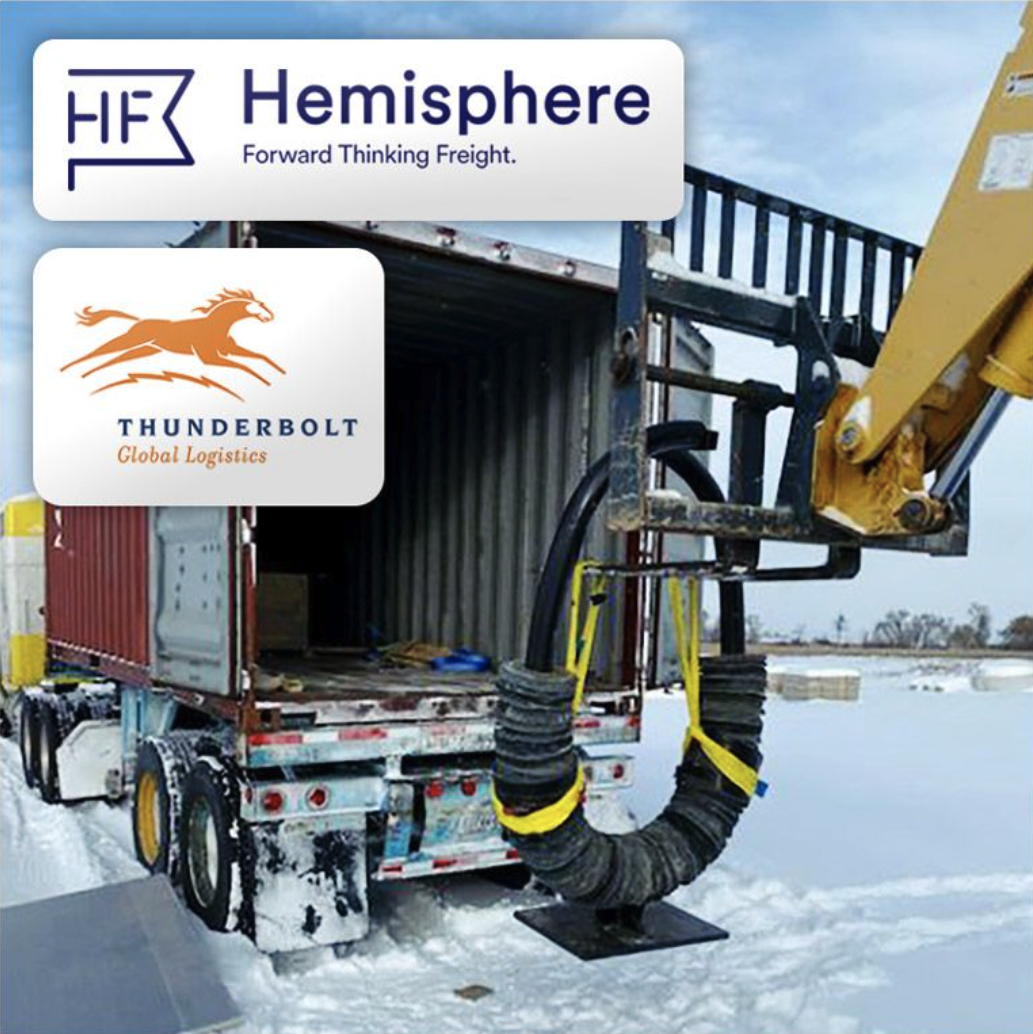
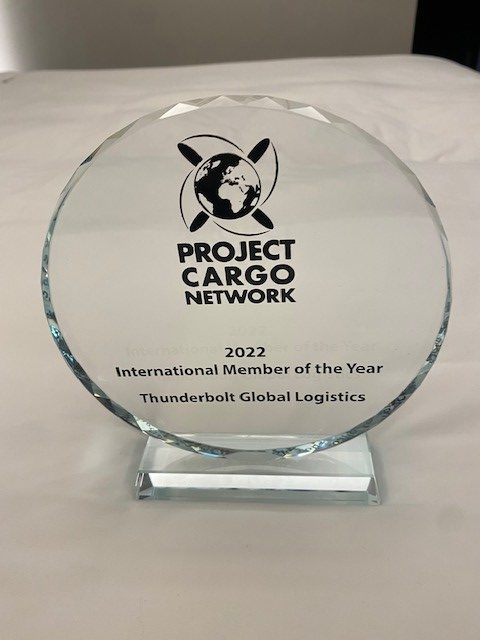 Thunderbolt Global Logistics Director Jim Shapiro attended the 11th Annual Meeting of PCN (Project Cargo Network) from Nov. 27-29,2022 in Dubai. There were over 185 CEO’s and Senior Managers from 95 countries. He had a great time seeing old friends he hadn’t seen in 3 years and making new ones that I met while at the meeting.
Thunderbolt Global Logistics Director Jim Shapiro attended the 11th Annual Meeting of PCN (Project Cargo Network) from Nov. 27-29,2022 in Dubai. There were over 185 CEO’s and Senior Managers from 95 countries. He had a great time seeing old friends he hadn’t seen in 3 years and making new ones that I met while at the meeting.